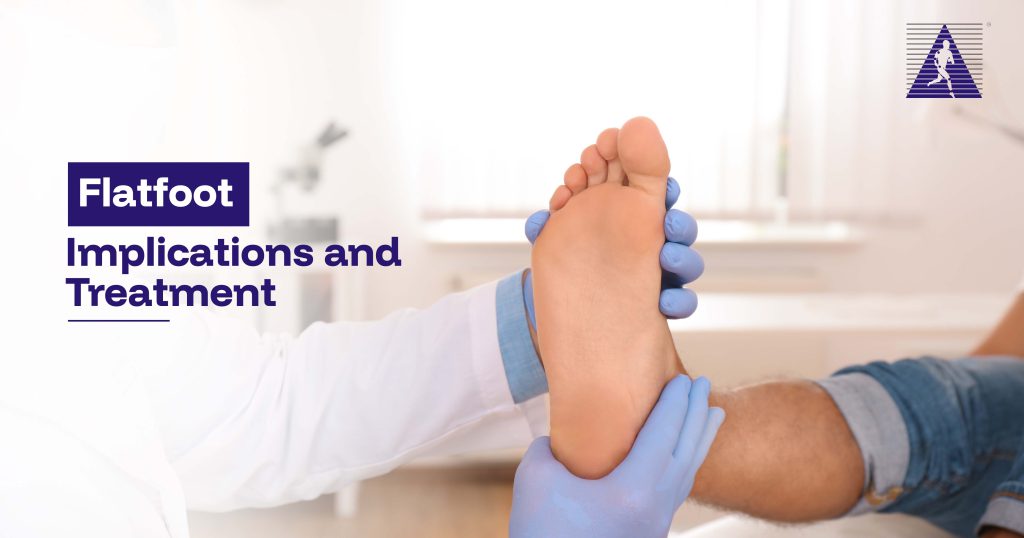Flatfoot: Implications and Treatment
Did you know that every extra kilo of weight puts nearly four kilos of pressure on your knees? No wonder weight management plays such a significant role in preventing arthritis. Even a modest weight loss of 5 to 10% can significantly reduce joint stress and lower the risk of arthritis progression.
Flatfoot is also called ‘fallen arches.’ It is a condition where the arches of the feet are lower than usual or completely absent. Instead of curving upwards, the entire sole touches the ground.
Some people are born with flat feet. It can also develop later due to genetic factors, injury, obesity, or ageing. Flatfoot affects posture and the way you walk. This can lead to pain in the feet, ankles, knees, and even the lower back.
Common symptoms of flat foot include tired feet after standing, swelling, or difficulty with balance. For athletes, flat feet may increase the risk of injuries due to poor shock absorption.
Its treatment depends on the severity of the condition. Many cases can be managed with simple solutions like:
- Custom orthotic insoles or supportive footwear
- Physiotherapy to strengthen the foot and ankle muscles.
- Stretching exercises to improve flexibility and reduce discomfort.
In more severe cases, surgical correction may be considered. Do not ignore any symptoms. Consulting an orthopaedic specialist early can prevent long-term complications. With the proper care, flatfoot can be effectively managed, allowing you to stay active and comfortable in your daily life.






Leave a Reply